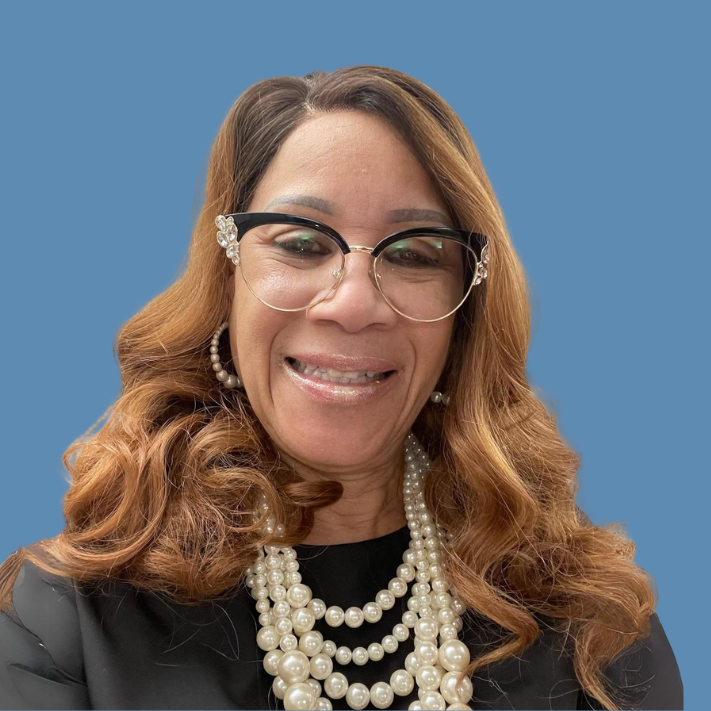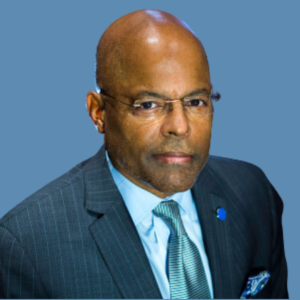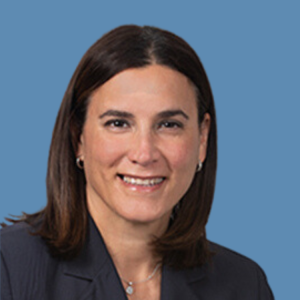In January 2012, on behalf of the U.S. Department of Labor’s Office of Disability Employment Policy (ODEP), the National Technical Assistance and Research (NTAR) Leadership Center convened a 1-day symposium “to explore issues relating to the aging health care workforce.”
The Introduction to the post-meeting brief prepared by NTAR, states “The aging of the U.S. population has tremendous implications for the health care industry, both as employers of an older workforce and as providers of services to a growing number of older patients.” The full In Brief article can be accessed at The Aging Workforce: Challenges for the Health Care Industry Workforce. (Note: Links to PDFs may open in a second window.)
Under continuing ODEP support, in March 2012, the NTAR issued a report, Employer Strategies for Responding to an Aging Workforce, which states that “According to a Government Accountability Office (GAO) report issued in 2006, the number of workers over age 55 is projected to increase significantly over the next 20 years, with this demographic group projected to comprise as much as one-fifth of the nation’s workforce by 2015.”
The unprecedented aging of our population and the evidentiary correlation between aging and declining health poses challenges to many components of our society, none the least of which is the U.S. labor market. At this junction, the GAO projection is just 18 months away from becoming a potential reality.
Also, according to the Bureau of the Census, 40 percent of the 25 million “baby boomers” are expected to retire by 2020. Seven years may seem a long way off, however, it is thought-provoking that the GAO report was issued “just” 7 years ago, and that the future sometimes seems to become the present a little more quickly than we expect.
Considering deaths and incapacitating conditions that preclude individuals from working, the exodus of an additional 10 million workers will have a tremensous impact across all U.S. industries, but especially the Health Care sector. One reason is that fewer Health Care professionals in the workforce results in the loss of vital occupational knowledge, skills, abilities…and services.
Not surprisingly, the other reason is that, typically, older individuals require more health care services to address the onset (or exacerbation) of age-related conditions, diseases, and disabilities. It is a burgeoning situation that is prompting much-needed discourse on the updating of health- and labor-related Federal government strategies and policies.
Another ODEP-supported symposium, convened by NTAR in September 2012, reported its findings, including: “Medical professionals play a significant role in keeping older workers working, or facilitating their return to work following an illness or the onset of age-related disabling conditions.” Read the full report in The Aging Workforce: The Role of Medical Professionals in Helping Older Workers and Workers with Disabilities to Stay at Work or Return to Work and Remain Employed.
In 2003, the DOL’s Employment and Training Administration challenged the business-education-workforce investment system to collaborate in developing solutions to the workforce shortages facing 14 high-growth industries, one of which is Health Care. KRA has been meeting that challenge by ensuring that its workforce operations, in labor markets where trained Health Care workers are “in-demand”, address this need in the communities we serve.
KRA Career Agents identify jobseeker-customers with an aptitude, interest, and requisite “soft skills” for careers in Health Care, and through WIA-funded tuition support, work with partner-institutions…such as Horry Georgetown Technical College and the Professional Medical Training Center, both in South Carolina…to enroll customers for occupational-skills training resulting in State certification, and in some cases AA degrees.
KRA Employment Specialists and Business Services staff works closely with employer-customers (clinics, doctors, and hospitals, as well as assisted-living, home-based health care, nursing homes, and rehabilitation facilities) to identify employment opportunities for those who have completed their course of study successfully.
Our March 29 , 2013, the KRA Monthly Spotlight!, which can be viewed at: https://www.kra.com/company-news/kra-monthly-spotlight-23/, showcased the success one of KRA’s SCWorks One-Stop Programs is achieving in providing customers with sustainable employment within the local Health Care sector.
KRA Corporation welcomes the inroads being made by ODEP and other Federal agencies addressing the challenges in adapting to the new workforce landscape, and we remain wholly committed to supporting their initiatives through our own corporate objectives of Developing Workers and Strengthening Communities.


 Dr. Boone’s 20+ years’ experience in the industry is extensive and her expertise in private-, public-, and non-profit sector workforce-services organizations is unparalleled, particularly in the Baltimore–Washington Metropolitan area.
Dr. Boone’s 20+ years’ experience in the industry is extensive and her expertise in private-, public-, and non-profit sector workforce-services organizations is unparalleled, particularly in the Baltimore–Washington Metropolitan area.






















